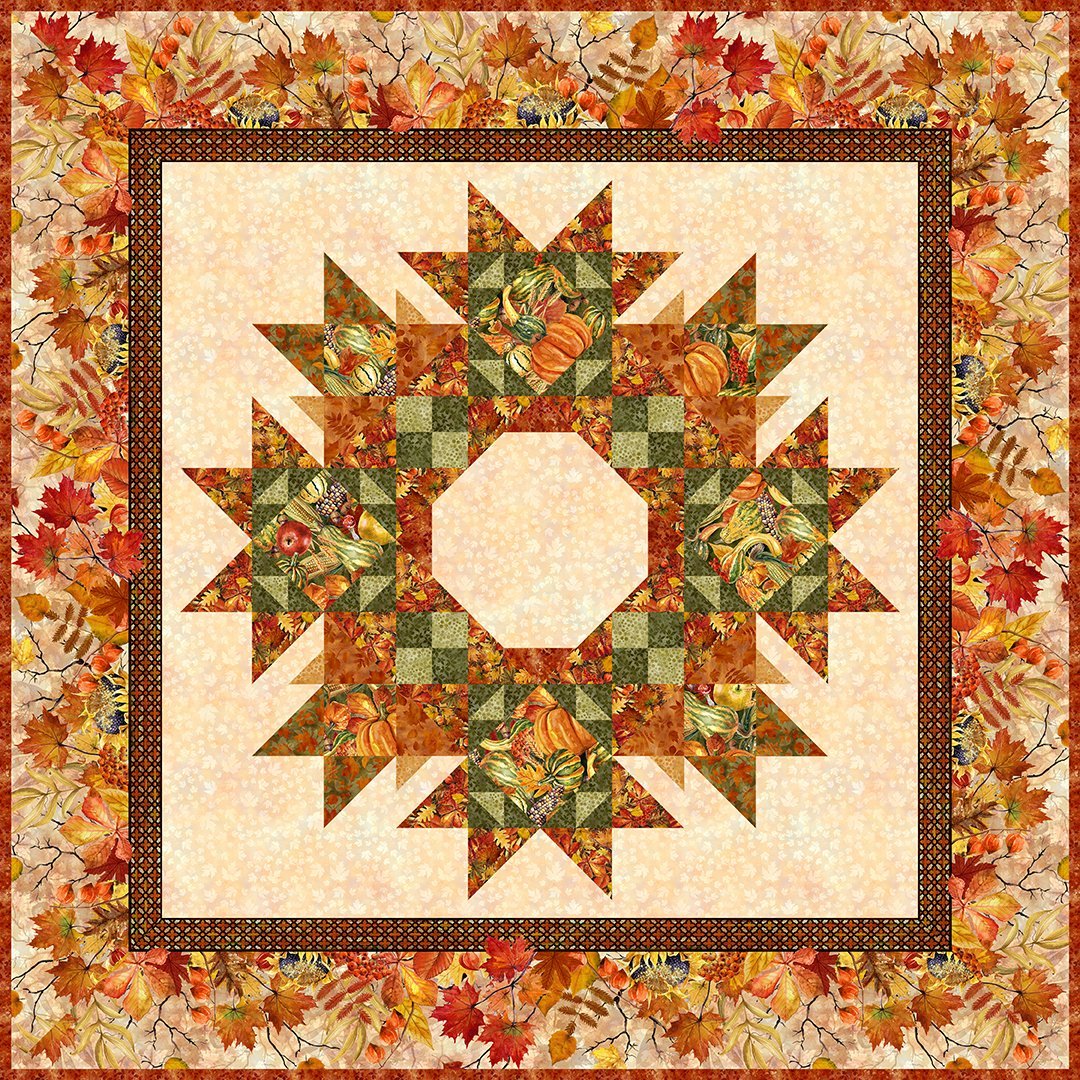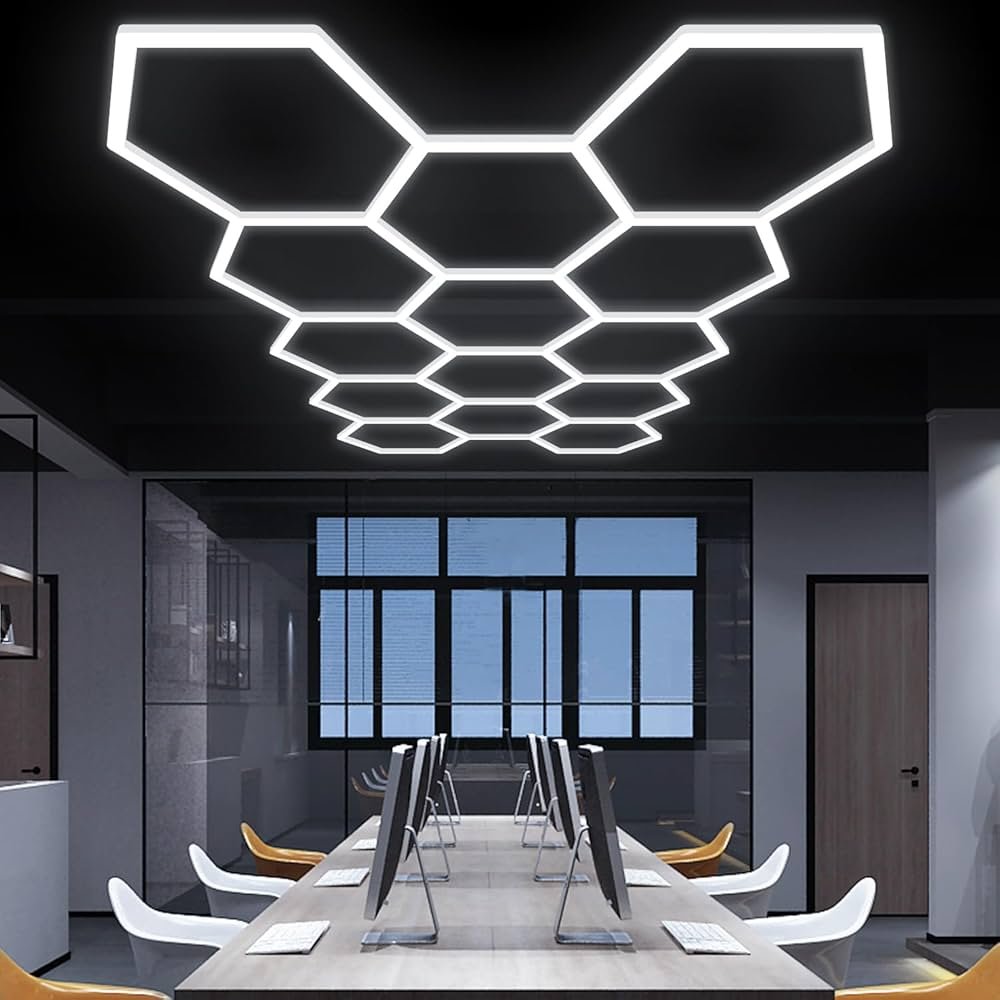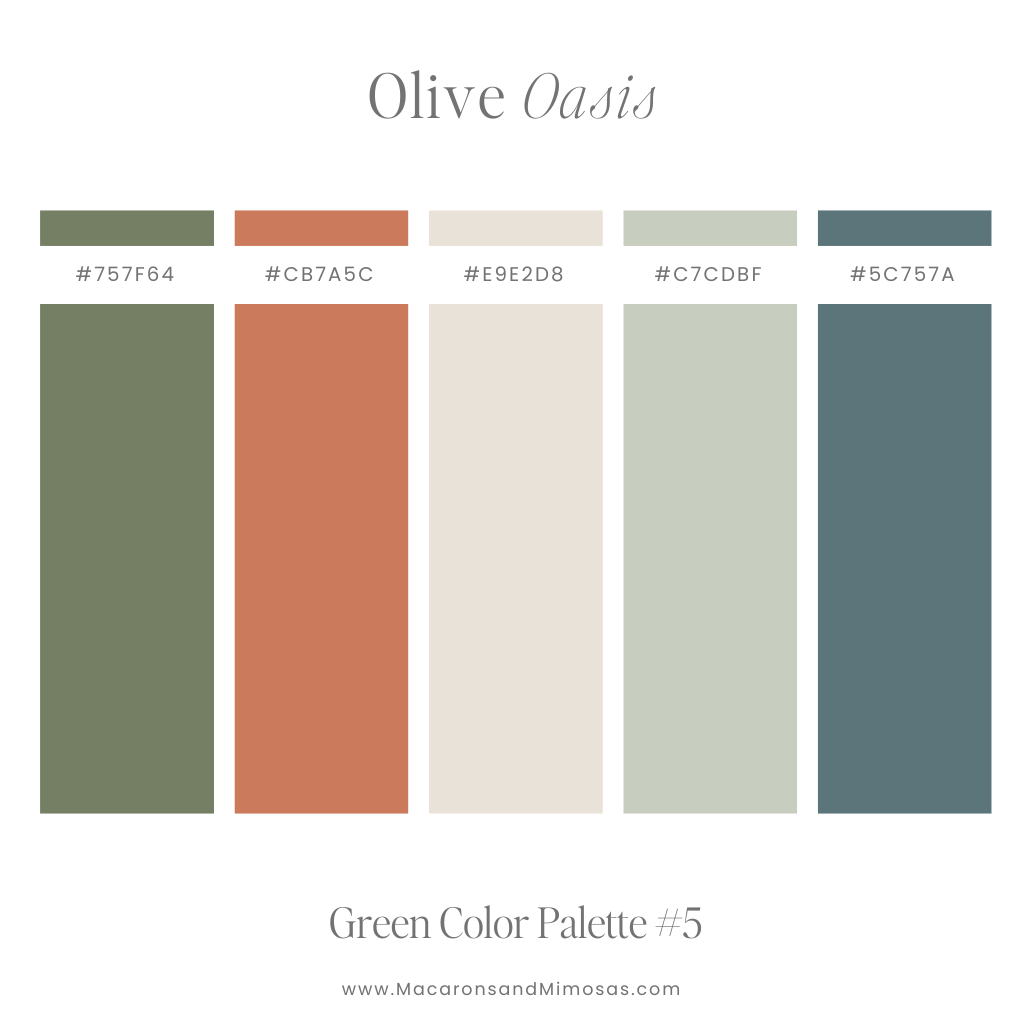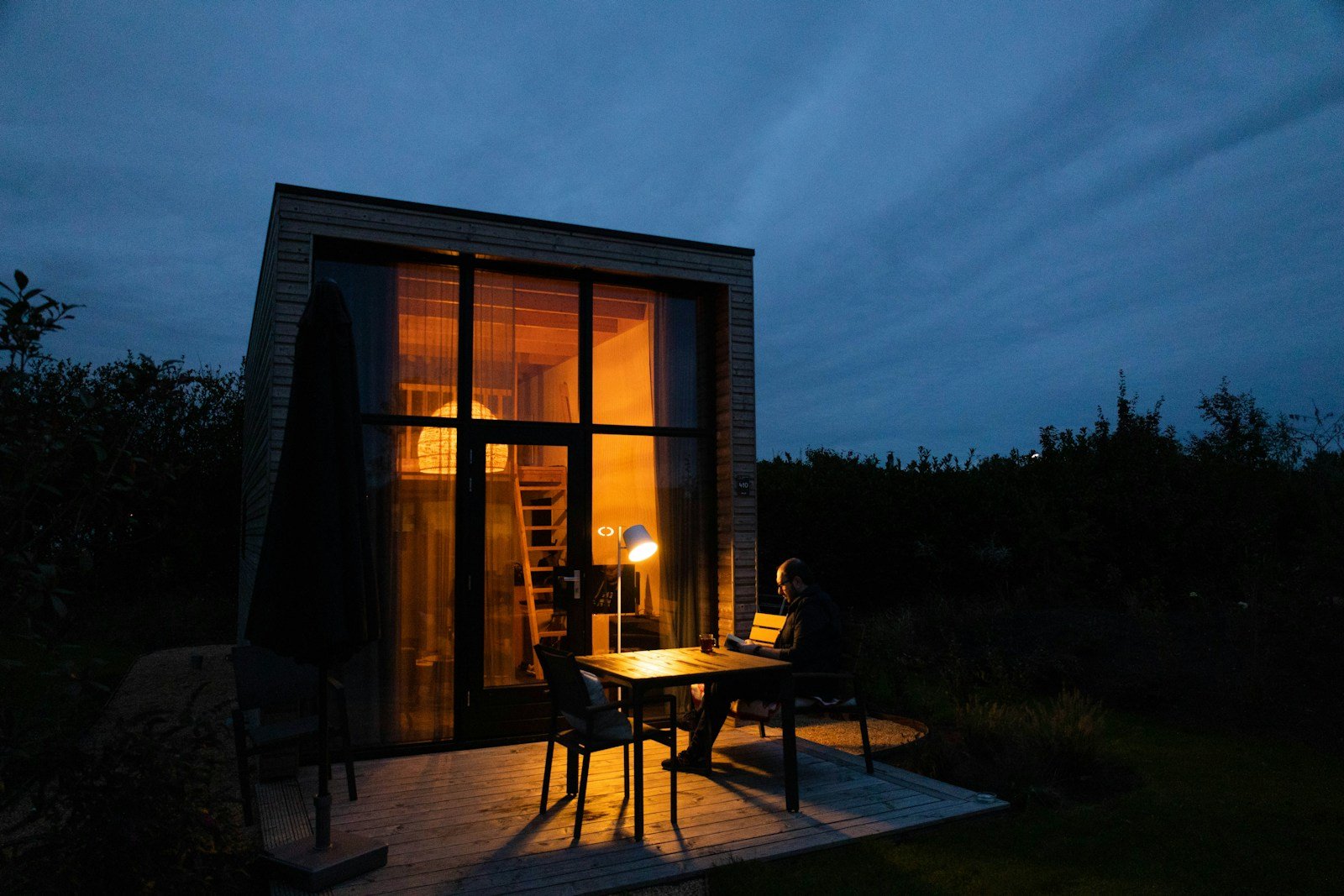Mixing Patterns Like a Pro: A Guide to Eclectic Interior Design
**Eclectic interior design** is the artful balance between freedom and restraint, where bold personality meets thoughtful structure. **Mixing patterns like a pro** isn’t about piling on—it’s about orchestrating them so they sing together. Done well, eclectic spaces feel layered, sophisticated, and lived-in, with each pattern contributing to a cohesive story.
Whether you’re decorating a sunny studio or a sprawling family home, you can make diverse motifs coexist gracefully by understanding the rules that give eclecticism its backbone. This guide shows you how to combine patterns with confidence—so your rooms feel vibrant and intentional rather than chaotic.
—
Section 1: Understanding Eclectic Style and Its Rules (Principles 1-4)

1. Define Your Thread and Focal Point
Eclectic style celebrates contrast, but it is not visual noise. It’s a curated mix of eras, cultures, textures, and silhouettes, unified by a consistent thread—often a palette, a mood, or a repeating motif. Start with a clear focal point and a defined color palette—two to four core colors plus supporting neutrals usually suffice.
Establish a visual hierarchy by naming a **“hero” element** (often a rug or large upholstery) and letting other patterns play supporting roles. The aim is not to match, but to harmonize.
2. Master the Power of Repetition and Rhythm
Paradoxically, **eclectic style thrives on rules**. Build repetition and rhythm through recurring colors, shapes, or line directions; this helps the eye travel comfortably across the space. Layer in varied scales—large, medium, small—so motifs don’t fight.
Balance busy patterns with solids and textures: nubby linen, sisal, velvet, or matte stone. Leave breathing room with **negative space** on walls, floors, and plain textiles. This structure is essential for successful **mixing patterns**.
3. Edit Relentlessly and Mind Proportion
Mind proportion: large rooms can tolerate more patterns and larger scales; smaller rooms do better with fewer, more restrained statements and smart verticals to draw the eye up. Edit relentlessly: quality beats quantity.
Avoid novelty for its own sake; every piece should contribute to the narrative. In open-plan spaces, maintain continuity by repeating at least one material, color, or motif in each zone.
4. Respect Context and Ethics (The Story)
The best eclectic rooms also respect context and ethics. Consider the architectural envelope—moldings, ceiling height, and light quality—as a frame for your choices. Plan for longevity and maintenance—performance fabrics for pets and kids, washable slipcovers.
Avoid unexamined cultural appropriation by learning about the origins of motifs, buying from artisans or reputable sources, and telling the story of what you bring home. **Eclectic interior design** is thoughtful, not impulsive.
—
Section 2: Principles for Mixing Patterns with Confidence (Principles 5-8)

5. Vary Scale with the Trio Formula
**Scale is your first ally** when **mixing patterns**. Choose one hero pattern with a commanding presence (large-scale botanical). Back it with medium-scale patterns (a herringbone throw, a trellis on a cushion), and finish with small-scale motifs that read as texture from a distance (a micro-dot or pinstripe).
Combine different pattern families for dynamism: an **organic** (floral) with a **geometric** (grid) and a **linear** (stripe or plaid). This mix prevents the room from skewing too sweet or too rigid.
6. Limit and Repeat Your Color Palette
**Color is the second pillar of confidence.** Limit your palette, then repeat it faithfully across patterns. If your hero rug contains ochre, indigo, and cream, let those colors appear in supporting motifs, even if the patterns differ wildly.
Anchor the room with neutrals—wood tones, black accents, or natural fibers—to give the eye places to rest. Use “bridge” elements—pillows, art, or lampshades—that carry colors from one side of the room to the other to ensure flow.
7. Use Contrast and Density Strategically
Manage contrast thoughtfully: high-value contrasts (black and white) are punchy and need more calm around them; low-value or tonal pairings are subtler and can be layered more densely. Vary pattern density—pair a busy print with a more open, airy motif so surfaces can breathe.
If two patterns are similar in scale, separate them spatially or choose different substrates (wall vs. textile) to avoid visual competition. Aim for **three to five distinct patterns** in a standard room.
8. Think in Layers and Logistics (The Mood Board)
Start with the largest plane that will carry pattern—often the floor or walls. Build a quick mood board—fabric swatches, paint chips, wood samples, and a printout of your rug or art—so you can audition combinations. Use verticals to elongate (striped curtains) and horizontals to widen.
In small spaces, keep large-scale patterns on contained surfaces (a single wall). On a budget, mix thrifted textiles, pillow covers, and removable wallpaper; update tired pieces with new trim. The result is a layered space that looks collected, not contrived.
—
Conclusion: Pattern Mixing is a Craft
**Eclectic interiors reward curiosity, but they succeed on structure.** When you **mix patterns like a pro** with a clear hero, a disciplined palette, varied scales, and intentional repetition, you free yourself to be bold without tipping into chaos.
Start with one anchoring piece, sample generously, and edit as much as you add. Over time, your eye will sharpen: you’ll sense when a stripe needs a floral, when a room craves a quiet solid, and when the story is complete. Pattern mixing isn’t a gamble—it’s a craft. Practice these principles, trust your taste, and watch your spaces evolve into richly personal rooms that feel both adventurous and effortlessly cohesive.
What are the 2-4 core colors you would choose for your own eclectic palette?





4 thoughts on “Mixing Patterns Like a Pro: A Guide to Eclectic Interior Design”